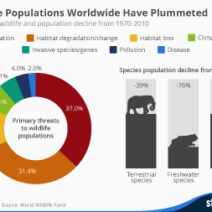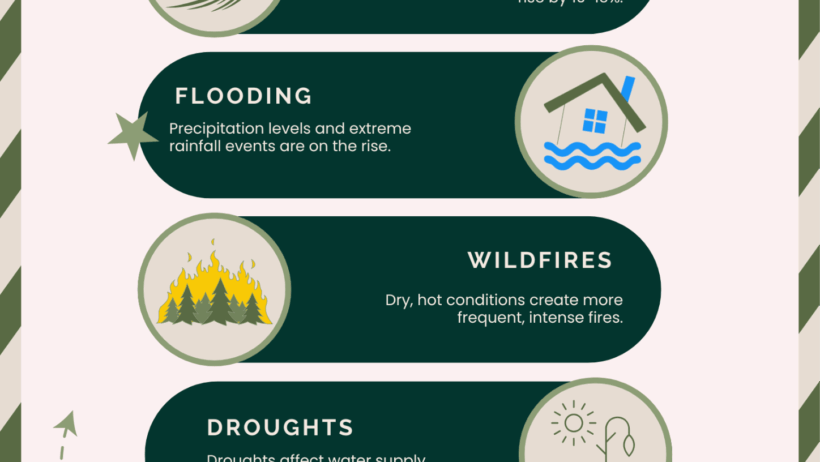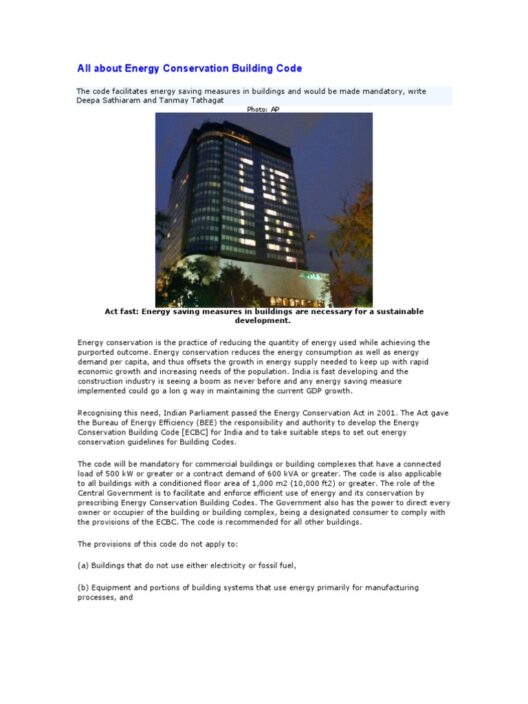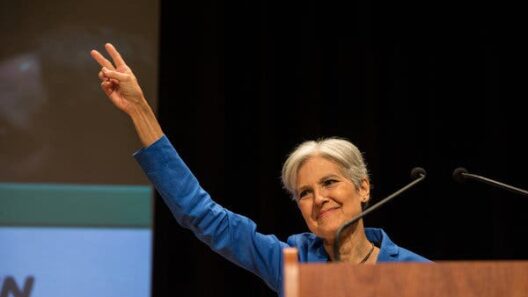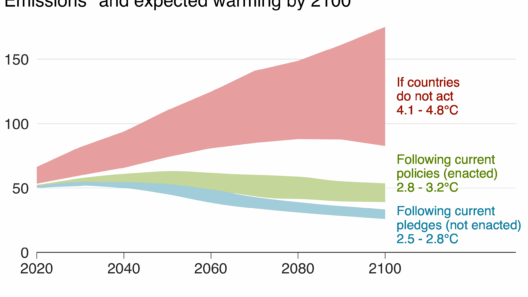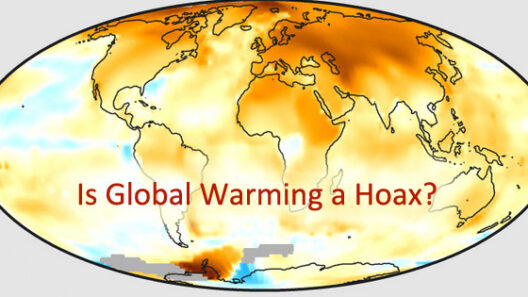Global warming is not merely an environmental issue; it is an intricate web of challenges that threatens the very fabric of our economy. As the climate continues to change, industries around the world are feeling its profound effects, prompting urgent reassessments of practices and policies. The economic ramifications of climate change are both vast and multifaceted, extending from agriculture to insurance, energy production, and even tourism. Understanding these shifts is crucial for stakeholders at every level, from policy makers to consumers, and requires a paradigm shift in how we perceive our economy’s relationship to the planet.
One of the most visible impacts of climate change is in agriculture. Increasingly erratic weather patterns—characterized by prolonged droughts, torrential rains, and unpredictable growing seasons—pose substantial risks to food production. Farmers are now grappling with crop failures that not only affect their livelihoods but also contribute to rising food prices globally. A report from the Intergovernmental Panel on Climate Change warns that agricultural yields will decline significantly in the coming decades if current trends continue. This outcome could incite further instability in the global food market, prompting some regions to face severe food shortages while others experience inflationary spikes in food costs.
The energy sector is increasingly influenced by climate considerations as well. Renewable energy sources such as wind and solar are gaining traction as viable alternatives to fossil fuels. According to a recent analysis, investment in renewable energy technologies has surged, as businesses and governments alike recognize the long-term economic viability of a low-carbon future. Transitioning to these sustainable energy sources not only represents a necessary ecological shift but also offers substantial economic benefits. Industries that adapt and integrate renewable technologies can expect reduced operational costs and improved public perception.
However, the fossil fuel industry is not without its challenges and counterstrategies. As nations commit to reducing carbon emissions, traditional energy companies find themselves at a crossroads. The pivot toward greener alternatives presents a dichotomy: these companies must either innovate or succumb to obsolescence. The repercussions of inaction are dire—escalating regulatory pressures and public discontent can lead to significant financial losses. Companies entrenched in old technologies risk losing market share to more agile competitors willing to invest in sustainable practices.
The insurance industry is also undergoing a transformation in response to climate change. As natural disasters become increasingly frequent and severe due to rising temperatures, insurance claims related to property damage and business interruptions have skyrocketed. Insurance companies are now forced to reassess risk models and adjust premiums accordingly. This increases costs for homeowners and businesses alike, fostering an environment where climate resilience is not just an environmental imperative but a fiscal necessity. In some instances, insurers may even withdraw coverage from high-risk areas, leaving communities vulnerable and further exacerbating economic inequalities.
Tourism, a linchpin for many local economies, faces its own set of challenges wrought by global warming. Destinations that once thrived on their natural beauty may find that climate change alters their appeal. Coral reefs, a significant draw for tourists, are under immense stress from rising sea temperatures and ocean acidification. Furthermore, locations that depend on consistent snowfall for winter sports are experiencing reduced ski seasons, pushing tourists to reconsider their travel plans. The economic consequences are profound, as communities reliant on tourism may see dwindling revenues, necessitating a shift in their promotional strategies and investment in climate-resilient infrastructure.
The manufacturing sector bears its own burdens related to climate change. As regulations tighten around emissions and waste management, manufacturers must grapple with the challenge of increasing their efficiency while remaining economically viable. Sustainable production methods have emerged as an effective strategy to mitigate liabilities, but the transition requires investment and innovation. Companies that successfully integrate sustainable practices into their operations not only adhere to regulatory demands but also appeal to a growing consumer base that values environmental responsibility.
Green finance is becoming an essential component of addressing the economy’s climate cost. An increasing number of financial institutions are recognizing the importance of sustainability in their investment strategies. Green bonds, which fund projects that have positive environmental impacts, are gaining momentum in global markets. As investors prioritize sustainable development, businesses are incentivized to innovate and invest in climate-friendly technologies and practices. This shifting landscape highlights the need for transparency and accountability in corporate practices, compelling companies to adopt comprehensive sustainability plans.
The broader implications of climate change also necessitate an urgent reassessment of workforce dynamics. As industries evolve to meet climate challenges, new skill sets will be required. The transition to a sustainable economy presents an opportunity for workforce retraining and development. Policymakers and educational institutions must cooperate to ensure that workers are equipped for the jobs of tomorrow, particularly in emerging sectors driven by climate innovation.
In conclusion, the economy’s climate cost is an intricate and evolving issue that affects almost every industry worldwide. From agriculture to insurance and tourism to manufacturing, each sector confronts unique challenges and opportunities in the face of a changing climate. The imperative for a concerted shift towards sustainability is clear. Stakeholders must embrace innovation and collaboration as they navigate this paradigm shift. By acknowledging the intertwining fates of our economy and the environment, we can work collectively toward a more resilient and sustainable future. The question remains: how will we choose to adapt in the face of undeniable change?


